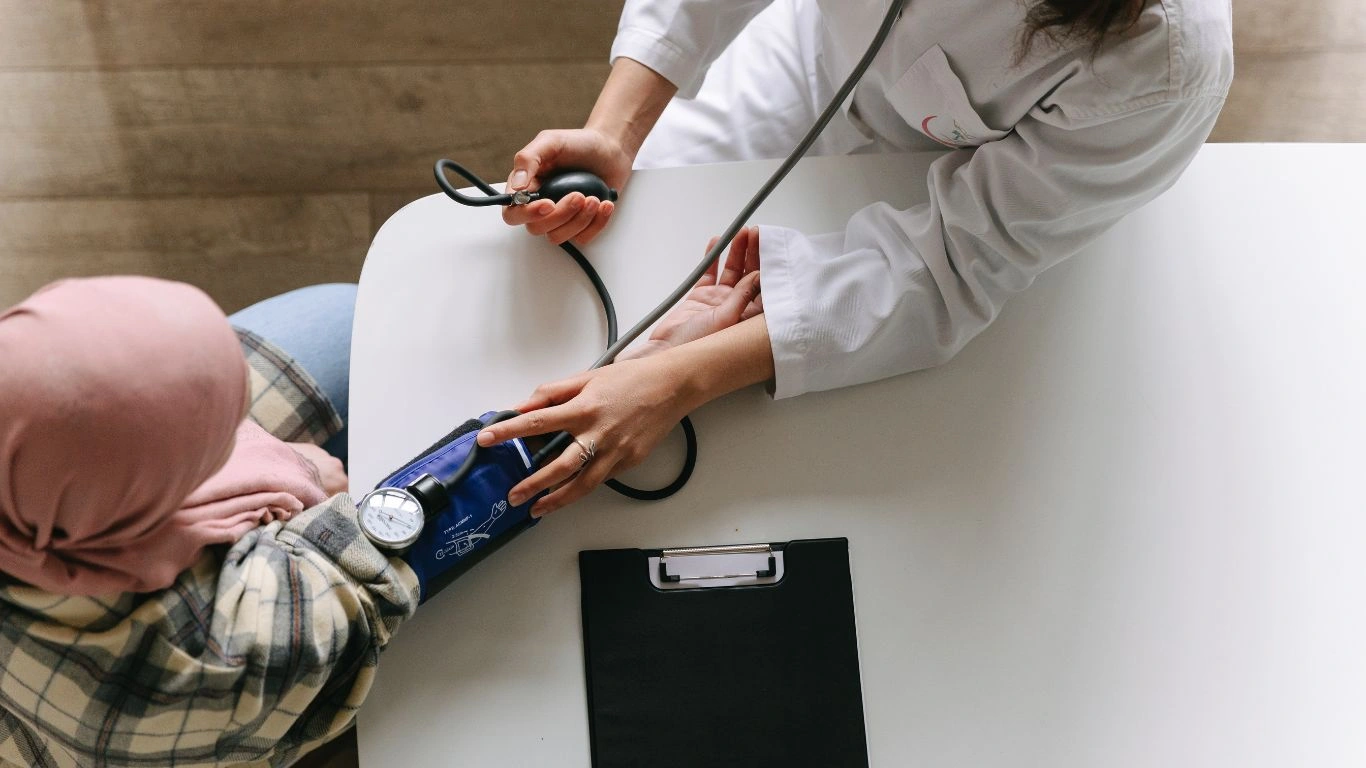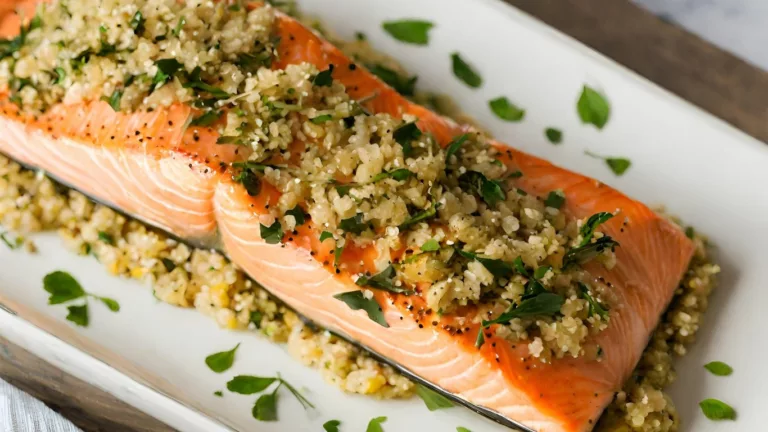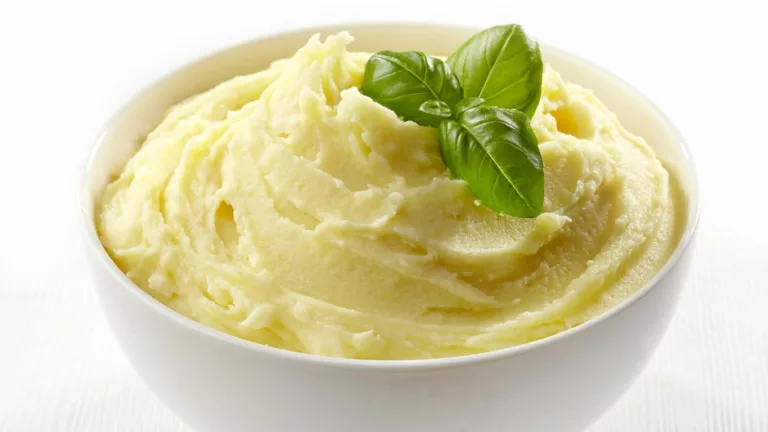Managing Hypertension with Magnesium-Rich Foods: The Natural Solution
As someone who has worked in the field of hypertension for years, I’ve seen firsthand how essential it is to not only focus on prescribed medications but also to explore natural ways to support heart health. Managing hypertension, or high blood pressure, often involves a combination of lifestyle changes, and one of the most powerful tools you have at your disposal is your diet. If you’re dealing with high blood pressure, you may have heard of the benefits of magnesium-rich foods. But what exactly is the connection? And how can these foods help you manage your hypertension? Let’s dive in!
What’s the Link Between Magnesium and Hypertension?
Magnesium is one of those minerals that doesn’t get nearly as much attention as it should, but it plays a crucial role in various bodily functions, especially when it comes to heart health. As someone who specializes in managing hypertension, I can confidently say that magnesium is like a natural antihypertensive agent. It’s involved in regulating blood pressure by helping blood vessels relax and maintain their proper function. So when your body is getting enough magnesium, it can help lower and stabilize your blood pressure over time.
In my experience, many people dealing with hypertension are surprised to learn just how much magnesium can help with managing blood pressure. Magnesium helps regulate sodium levels and also plays a role in balancing your calcium and potassium levels, both of which are key players in controlling blood pressure. It’s like a behind-the-scenes MVP in your body’s effort to keep things running smoothly.
How Magnesium Helps Control High Blood Pressure
The reason magnesium is so helpful for managing hypertension lies in its ability to relax blood vessels. Imagine your blood vessels as garden hoses—when they constrict, it’s harder for the blood to flow, which raises pressure. Magnesium acts like the water that loosens and relaxes the hose, allowing blood to flow more freely. This, in turn, helps lower your blood pressure.
Furthermore, magnesium plays an important role in regulating calcium. Calcium is necessary for muscle contraction, including the muscles in your blood vessels. However, when calcium levels are too high, it can cause the muscles to contract too much, which leads to higher blood pressure. Magnesium works to balance out the calcium, preventing this over-contraction and keeping your blood vessels relaxed.

Magnesium-Rich Foods That Help Fight High Blood Pressure
Now that we know magnesium is an essential mineral for controlling hypertension, let’s talk about how to get more of it into your diet. Lucky for you, magnesium-rich foods are often not only healthy but also delicious. The best part? You don’t have to start measuring out supplements or make drastic changes to your diet. A few small tweaks can make a huge difference in managing your blood pressure.
1. Leafy Greens: A Magnesium Powerhouse
When it comes to magnesium-rich foods, leafy greens like spinach, kale, and Swiss chard are at the top of the list. These greens are not only loaded with magnesium but also packed with fiber, antioxidants, and other nutrients that support heart health. I recommend adding a handful of spinach to your smoothies, tossing kale into salads, or sautéing Swiss chard with some garlic for a quick, nutrient-packed side dish.

2. Nuts and Seeds: The Crunchy, Magnesium-Packed Snacks
If you’re looking for an easy, on-the-go snack that can boost your magnesium levels, look no further than nuts and seeds. Almonds, cashews, sunflower seeds, and pumpkin seeds are all fantastic sources of magnesium. I’ve worked with many of my patients to incorporate these into their daily routines as a quick, heart-healthy snack. You can sprinkle them on your salad, toss them into your yogurt, or even just enjoy a handful in between meals to keep you energized and supported.
3. Avocados: More Than Just a Trendy Food
We all know that avocados have gained serious popularity in recent years, and for good reason. Not only are they packed with healthy fats, but they’re also an excellent source of magnesium. I often recommend adding avocado slices to your breakfast toast or blending them into a creamy smoothie. They’re versatile, delicious, and easy to include in a wide variety of dishes.
4. Beans and Legumes: Simple, Affordable, and Magnesium-Rich
If you’re looking for a more affordable way to increase your magnesium intake, beans and legumes are your best friends. Black beans, kidney beans, chickpeas, and lentils are all rich in magnesium. They’re also high in fiber, which can help manage your blood pressure by improving digestion and promoting heart health. Whether you add them to soups, salads, or make a batch of hummus, these little powerhouses are easy to incorporate into any meal.
5. Whole Grains: A Nutrient-Dense Option
Whole grains like quinoa, brown rice, and oats are another great source of magnesium. Plus, they offer a variety of other heart-healthy benefits, such as improved cholesterol levels and better blood sugar control. You can enjoy a hearty bowl of oatmeal in the morning, swap white rice for quinoa in your meals, or use whole wheat flour for baking to get an extra dose of magnesium.
The Importance of Balance: Magnesium and Other Nutrients
While magnesium is a key player in managing hypertension, it’s important to remember that a balanced approach is always the best strategy. Magnesium works best when it’s paired with other essential nutrients like potassium, calcium, and vitamin D, which also support healthy blood pressure levels. Potassium, for example, helps counteract the effects of sodium and can help keep your blood pressure in check. So make sure to keep a variety of nutrient-dense foods in your diet to help you manage your hypertension naturally.
How Much Magnesium Do You Need for Hypertension?
Now that you know about the power of magnesium and some great foods to incorporate into your diet, you might be wondering how much magnesium you actually need to see the benefits for managing hypertension. In my experience, many people don’t realize that the recommended daily intake (RDI) for magnesium can vary depending on your age, gender, and overall health. The general guideline for adults is around 310-420 mg per day, but this can be different for people who are pregnant or have certain health conditions.
When working with patients, I’ve found that it’s usually best to focus on achieving magnesium intake through food, rather than supplements. Magnesium-rich foods are packed with other nutrients that can benefit your overall health. That said, if you feel you’re not getting enough magnesium from your meals, it’s a good idea to chat with your healthcare provider about whether a supplement might be necessary. However, getting magnesium from whole foods has the added bonus of being able to enjoy a wide variety of delicious, nutrient-dense meals!
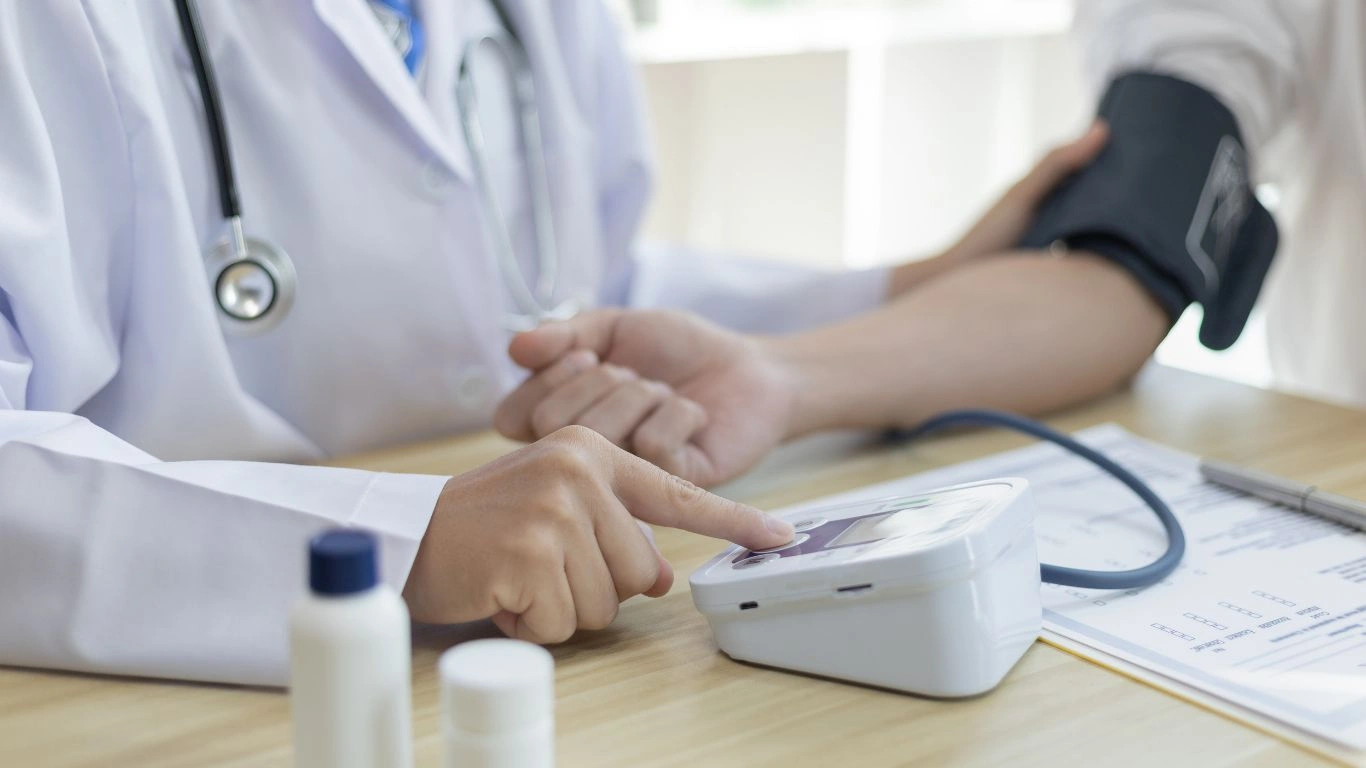
Can Magnesium Supplements Help Lower Blood Pressure?
If you’re already focusing on a magnesium-rich diet and still find that your blood pressure is on the higher side, you might be wondering about magnesium supplements. The short answer is: Yes, magnesium supplements have been shown to help lower blood pressure in some people, especially those with a deficiency in magnesium. But here’s the thing—supplements are not a magic bullet. I always tell my patients to start with dietary changes first, as they offer a more holistic approach and come with a host of other health benefits.
If you decide to try a supplement, make sure to choose a high-quality product, and always follow the recommended dosage on the label. Some types of magnesium, like magnesium citrate, are more easily absorbed by the body, while others, like magnesium oxide, may be less effective. But, as with any supplement, it’s important to avoid going overboard. Too much magnesium can cause issues like diarrhea, so balance is key!
How to Know If You Need a Magnesium Supplement
While magnesium deficiency is relatively common, it’s not always easy to spot. Some signs of low magnesium can include muscle cramps, fatigue, irritability, and even sleep disturbances. If you’re noticing these symptoms, it might be worth looking into your magnesium levels. However, the best way to determine if you need supplementation is through a simple blood test, which your doctor can provide. If your magnesium levels are found to be low, your doctor may recommend either dietary changes or a supplement to help bring them back to normal.
Magnesium and Lifestyle Changes for Hypertension
Of course, managing hypertension isn’t all about diet. While magnesium-rich foods are definitely helpful, it’s essential to incorporate a full range of lifestyle changes to keep your blood pressure in check. As a hypertension expert, I’ve helped countless patients adopt a comprehensive approach, combining diet, exercise, stress management, and other strategies to reduce high blood pressure. Magnesium is just one piece of the puzzle.
Exercise: The Natural Blood Pressure Reducer
If you want to amplify the benefits of magnesium-rich foods, regular exercise is a must. I can’t emphasize enough how much physical activity helps control blood pressure. It doesn’t have to be anything intense; even a 30-minute walk a few times a week can make a significant difference. Exercise helps your heart become more efficient at pumping blood and can help lower the force against your arteries, thereby reducing your blood pressure.
For people with hypertension, I recommend focusing on activities like walking, cycling, or swimming. These forms of exercise are gentle on the joints and can be done at a pace that works for you. As you gradually build endurance, you may even find that your blood pressure drops naturally as your body becomes more conditioned. Trust me, it works!
The Role of Stress Management in Blood Pressure Control
Stress is another sneaky culprit when it comes to high blood pressure. It’s amazing how much your mental and emotional well-being can impact your physical health. That’s why stress management is a key component of any hypertension plan. In my practice, I’ve had great success with patients who incorporate mindfulness practices like meditation, yoga, or even deep breathing exercises into their daily routine.
Even just 10 minutes a day of deep breathing can help reduce your stress and bring down your blood pressure. For me personally, yoga has been a game-changer. Not only does it help me stay physically fit, but the mindfulness aspect really helps me keep my stress levels in check. Plus, yoga stretches can be incredibly helpful for reducing muscle tension—an added bonus when magnesium already works on relaxing muscles!
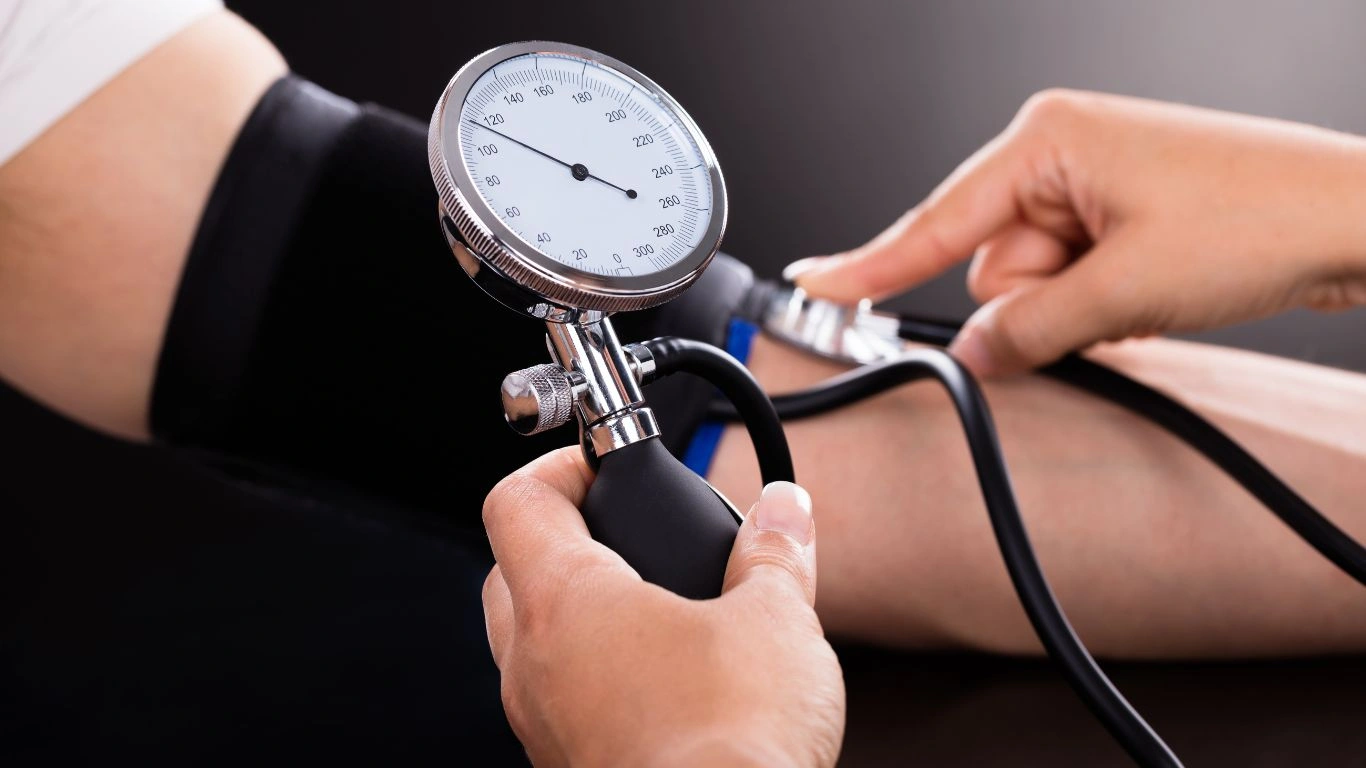
Sleep: Never Underestimate the Power of a Good Night’s Rest
One more lifestyle factor to consider when managing hypertension is sleep. It’s easy to overlook how much your sleep habits impact your health, but good quality sleep is essential for controlling blood pressure. Studies have shown that insufficient sleep is linked to an increased risk of hypertension, so getting a good 7-9 hours of sleep each night is one of the best ways to support your blood pressure.
For me, a consistent bedtime routine is key. I try to avoid caffeine and screen time an hour before bed, and I make sure my sleep environment is as comfortable and relaxing as possible. If you’re struggling to get enough rest, it may be worth considering things like reducing stress, adjusting your diet, and making sure your sleep schedule is consistent. Over time, these changes can help you fall asleep faster and stay asleep longer, which has a big impact on blood pressure regulation.
Practical Tips for Adding Magnesium-Rich Foods into Your Daily Routine
We’ve covered the benefits of magnesium and some great foods that can help manage hypertension, but how do you actually work these magnesium-rich foods into your busy life? As someone who’s always looking for ways to make healthy habits stick, I can tell you that the key to success is consistency and making small, manageable changes. Let’s talk about some practical ways to add more magnesium to your diet without overhauling everything at once.
1. Start Your Day with a Magnesium Boost
Breakfast is the perfect opportunity to add magnesium-rich foods to your day. You can easily start by adding a handful of spinach to your smoothie. Spinach blends really well with fruit and doesn’t overpower the taste. I love throwing in some chia seeds or flax seeds for added fiber and omega-3s—both of which are great for heart health. You could also enjoy a bowl of oatmeal topped with almonds or pumpkin seeds, making for a filling, magnesium-packed meal to kickstart your day.
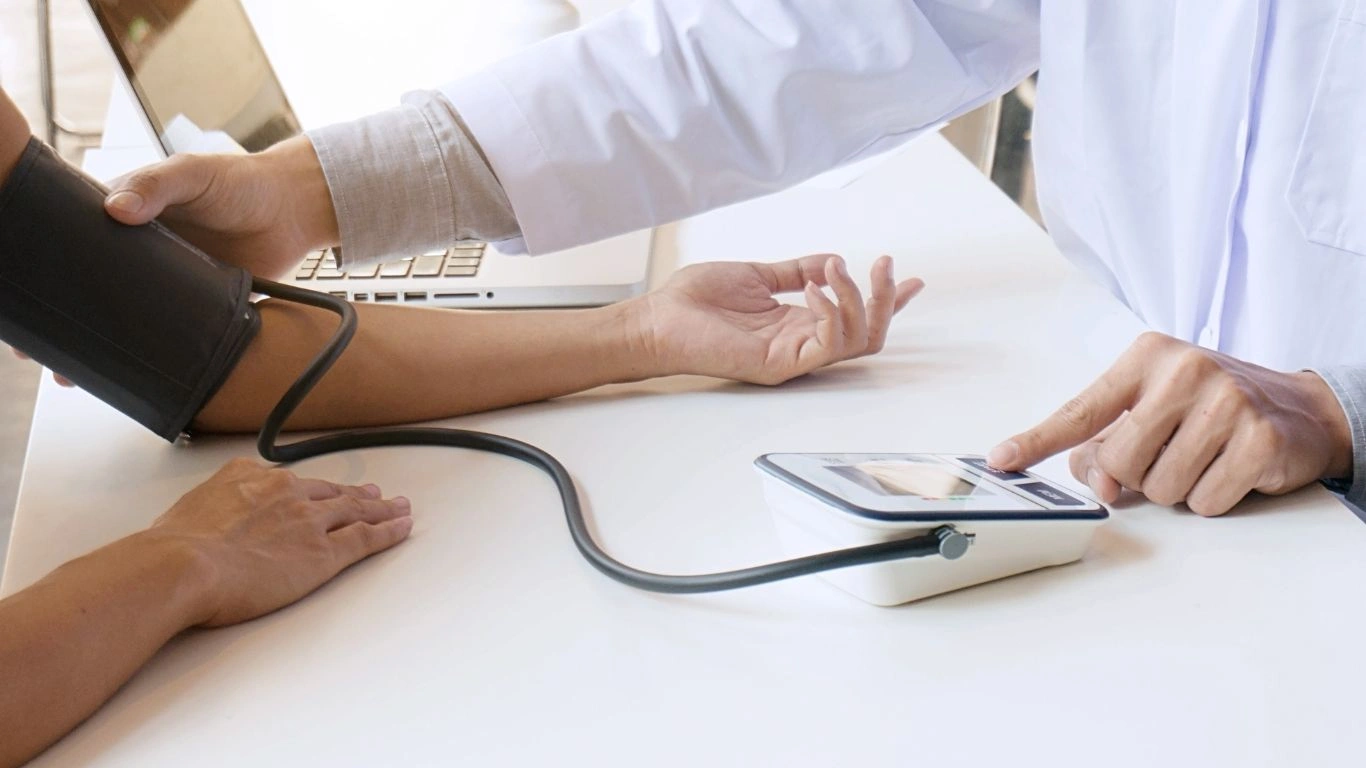
2. Snack on Magnesium-Rich Foods
If you’re someone who’s always snacking, try swapping out your usual grab-and-go items for magnesium-rich alternatives. Instead of reaching for chips or cookies, snack on a handful of nuts, like almonds or cashews. You can also keep some pumpkin or sunflower seeds in your desk drawer or gym bag for an easy and portable snack that helps manage your blood pressure. It’s all about choosing the right options that give you the nutrients you need without the extra processed junk!
3. Make Simple Swaps in Your Meals
Adding magnesium doesn’t have to be complicated. For example, when you’re preparing dinner, swap out regular rice for quinoa or brown rice. These whole grains are packed with magnesium, and they’re so easy to prepare. You could also switch to whole wheat pasta or use legumes like black beans or chickpeas in your salads or stews. I’ve found that simple swaps like these are incredibly effective for boosting magnesium without making mealtime feel like a chore.
Magnesium’s Role in a Heart-Healthy Diet
It’s important to remember that managing hypertension isn’t just about getting more magnesium—it’s about looking at your entire diet and making sure it supports heart health as a whole. Magnesium is just one piece of the puzzle. To truly manage high blood pressure, you’ll want to embrace a diet that’s rich in whole foods, fiber, and antioxidants, while being low in processed foods, excess salt, and unhealthy fats.
As I mentioned earlier, the Mediterranean diet is a great example of a heart-healthy eating plan that focuses on fresh fruits and vegetables, healthy fats, lean proteins, and whole grains. Foods like olive oil, fish, nuts, and seeds not only support heart health but also provide anti-inflammatory benefits that can help with blood pressure management. Over time, making this type of dietary pattern a habit can be incredibly effective for improving your blood pressure and overall health.
The DASH Diet: A Proven Method for Managing Hypertension
If you’re looking for a more structured approach, the DASH (Dietary Approaches to Stop Hypertension) diet is a proven method that can help lower blood pressure. The DASH diet emphasizes foods that are rich in nutrients like potassium, calcium, magnesium, and fiber—exactly what you need to manage hypertension. It encourages the consumption of fruits, vegetables, whole grains, lean proteins, and low-fat dairy, while limiting sodium, red meat, and sugary foods.
What’s great about the DASH diet is that it’s flexible and doesn’t require you to follow a rigid meal plan. It simply guides you toward making heart-healthy food choices, like increasing your intake of magnesium-rich foods, and reducing foods that can raise blood pressure. As a hypertension expert, I’ve seen firsthand how adopting this eating pattern can significantly improve blood pressure levels, especially when combined with regular exercise and stress management.

Are There Any Risks of Too Much Magnesium?
While magnesium is essential for health, it’s also important to keep in mind that, like anything, too much can be harmful. Although magnesium from food sources is unlikely to cause any issues (since it’s naturally balanced within the food), magnesium supplements can lead to toxicity if taken in excess. Symptoms of magnesium toxicity can include diarrhea, nausea, and abdominal cramping, and in extreme cases, it can affect your heart and kidneys.
This is why I always recommend getting magnesium from food rather than relying too heavily on supplements unless your doctor suggests otherwise. Whole foods provide not only magnesium but also a variety of other nutrients that work synergistically to support your health. That being said, if you’re considering magnesium supplements, always check with your healthcare provider first to ensure you’re taking the right dose and the right form for your needs.
References
- Magnesium and Hypertension Overview
- The DASH Diet for Hypertension: What You Need to Know
- Top Magnesium-Rich Foods to Include in Your Diet
Disclaimer: The information provided in this article is intended for educational purposes only and should not be construed as medical advice. Always consult with a healthcare provider before making any changes to your diet, supplements, or exercise regimen. Hypertension management requires a personalized approach, and your healthcare team is the best resource for creating a plan tailored to your specific needs and medical history.

Dr. Gwenna Aazee is a board-certified Internal Medicine Physician with a special focus on hypertension management, chronic disease prevention, and patient education. With years of experience in both clinical practice and medical writing, she’s passionate about turning evidence-based medicine into accessible, actionable advice. Through her work at Healthusias.com, Dr. Aazee empowers readers to take charge of their health with confidence and clarity. Off the clock, she enjoys deep dives into nutrition research, long walks with her rescue pup, and simplifying medical jargon one article at a time.
